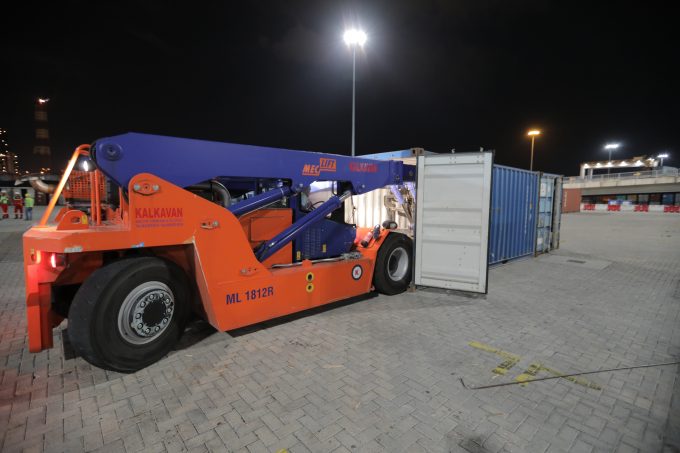Pakistan authorities slash tariffs to bring traffic back to Port Qasim
Pakistan is making a noteworthy effort in its ocean trade aspirations, amid the lingering challenges ...

Although we live in an era of continual and unprecedented disruption to supply chains – think trade wars, Brexit and climate change –some constancies remain: because water covers 71% of the world’s surface, the trading world remains connected by ships, and these are useless without ...


Comment on this article